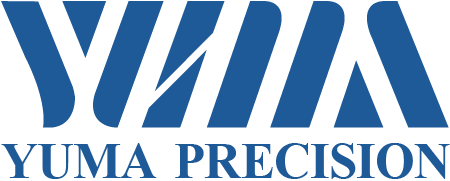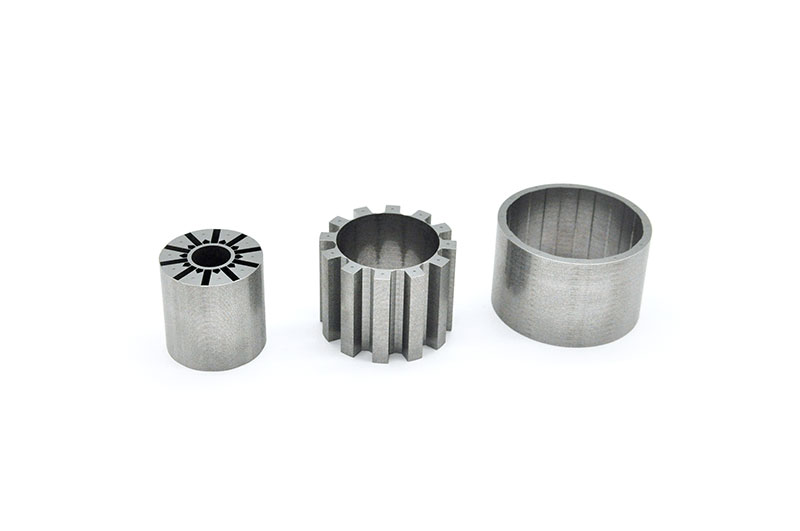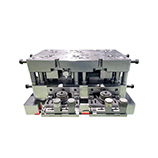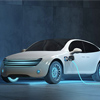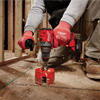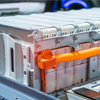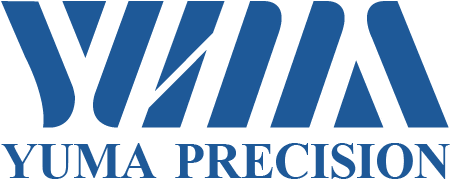The Direct Current (DC) motor is a marvel of engineering that has been a cornerstone of mechanical motion for many years. Its working principle is rooted in the interaction between the magnetic fields of its two main components: the rotor and the stator. Let's delve into how these components work in unison to convert electrical energy into mechanical energy.
The Anatomy of a DC Motor
At the heart of a DC motor lies the stator , the stationary part that typically contains the magnetic field producing elements. This can be in the form of permanent magnets or electromagnets. The stator's role is to create a strong and stable magnetic field that will interact with the rotor.
The rotor, on the other hand, is the rotating component of the motor. It contains the armature windings, which are essentially coils of conductive wire that carry the electric current. The rotor also includes the commutator, a crucial part that reverses the direction of current flow in the armature windings, ensuring continuous rotation.
The Working Principle
The operation of a DC motor begins with the flow of direct current (DC) through the armature windings. This current generates a magnetic field around the rotor. As the rotor's magnetic field interacts with the stator's magnetic field, a force known as torque is produced . This torque causes the rotor to rotate, thus converting electrical energy into mechanical energy.
The direction of the torque and hence the rotation is determined by Fleming's Left-Hand Rule. This rule states that if you arrange your left hand such that the thumb points in the direction of the magnetic field and the fingers point in the direction of the current, the force will come out through the palm, indicating the direction of motion.
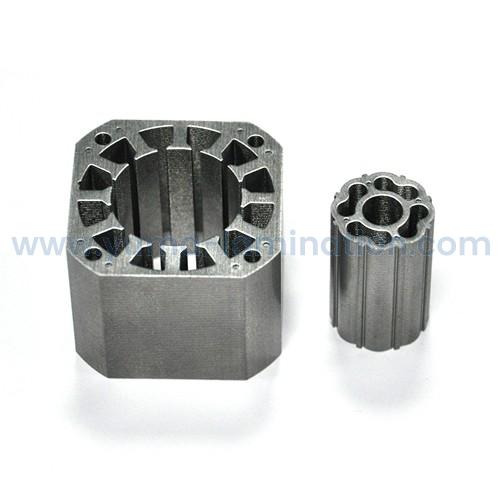
The Role of the Commutator and Brushes
The continuous rotation of the rotor is facilitated by the commutator and brushes . The commutator is a mechanical switch that reverses the current direction in the armature windings as the rotor passes certain points in its rotation. This reversal ensures that the magnetic field's interaction with the rotor's field remains unidirectional, providing consistent torque and smooth rotation.
The brushes are spring-loaded conductive blocks that maintain contact with the commutator as it rotates. They provide a continuous flow of current from the external source to the armature windings through the commutator.
Types of DC Motors
DC motors can be classified into two main types based on the presence of brushes: brushed and brushless .
Brushed DC Motors: These are the traditional motors with mechanical commutation using brushes and a commutator. They are simple and cost-effective but have a shorter lifespan due to wear and tear of the brushes and commutator.
Brushless DC Motors: These motors use electronic commutation instead of brushes. They offer higher efficiency, longer life, and reduced maintenance. The rotor in a brushless motor often contains permanent magnets, and the stator has the windings that are controlled by electronic switches to create a rotating magnetic field.
Applications and Advantages
DC motors are ubiquitous in various applications due to their efficiency, controllability, and reliability. They are used in everything from small toys and tools to large industrial equipment. The ability to control the speed of a DC motor by adjusting the applied voltage makes it ideal for applications requiring variable speed control.
Conclusion
In summary, the DC motor is a testament to the power of electromagnetism. Its rotor and stator, through their magnetic fields, produce the torque necessary for rotation. The commutator and brushes ensure that this rotation is smooth and continuous. The evolution of DC motors to include brushless designs has only expanded their applications and benefits. Understanding the working principle of a DC motor not only informs us about its applications but also about the fundamental principles of electromagnetism that drive many electrical devices today.
